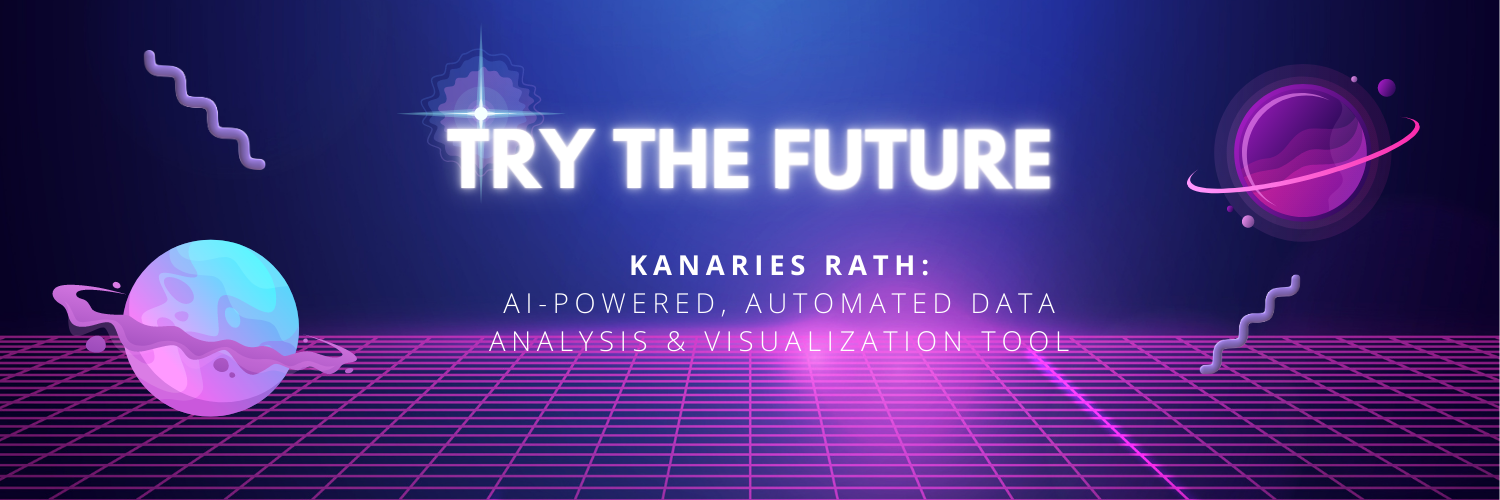Best Data Visualization Examples 2023
Published on

In today's data-driven world, data visualization is a crucial aspect of business analytics. Utilizing charts, graphs, and other visual representations, data visualization allows us to identify trends, patterns, and outliers in complex data sets. In this essay, we'll discuss some of the best data visualization examples, techniques, and tools for 2023, while also covering key aspects of data management, such as data security, data privacy, and data ethics.
Data Visualization for the Finance Industry
One industry where data visualization shines is finance. By leveraging data visualization tools, banks and financial institutions can make sense of vast amounts of information related to credit cards, loans, mortgages, insurance, and taxes. Visual representations enable them to identify patterns and potential risks more effectively, helping them make informed decisions and better serve their customers.
Data Visualization in Data Science and Data Journalism
Data visualization plays a significant role in data science and data journalism, as it helps professionals communicate complex information effectively. Data scientists often use data visualization techniques to explore data sets and identify correlations, while data journalists leverage these visualizations to convey compelling stories backed by data.
Data Visualization for Workforce Analytics
Organizations can utilize data visualization tools to better understand workforce trends and make data-driven decisions regarding recruitment, retention, and performance management. By visualizing data related to employee demographics, satisfaction, and productivity, businesses can identify patterns and areas for improvement, ultimately leading to increased efficiency and effectiveness.
Data Visualization Tools and Software
A wide array of tools and software is available for data visualization and analysis, ranging from simple to complex and from user-friendly to more specialized applications. The right tool depends on your specific needs, goals, and level of expertise. Some popular options include Tableau, Microsoft Power BI, QlikView, and Google Data Studio. You can also explore detailed third-party analysis such as the Gartner Magic Quadrant to learn more about the available tools.
Besides big names such as Power BI, Tableau, there is also an open source tableau alternative (opens in a new tab) that recently catches the eyes of many data scientists.RATH (opens in a new tab) is the go-to solution if you want the benefits of an AI-powered Data Analysis Engine.
For people who come from the background of traditional BI software users, you can easily build charts with by dragging and dropping variables to shelves:
But what if you are a data scientist who needs to figure out the underlying patterns from a dataset, and needs to visualize them? Don't worry, you do not need to learn complicated programming languages, you can easily identify the patterns by drawing it on the screen:
Is that all? Not yet. For the latest beta release, RATH has implemented the power of ChatGPT! Now you can chat with your data. Need data insight? It only takes 5 seconds with a prompt:
Interested? Inspired? Unlock the insights of your data with one prompt: ChatGPT-powered RATH is Open for Beta Stage now! Get onboard and check it out!
Data Visualization Techniques and Best Practices
To create engaging, insightful visualizations, it's essential to understand and apply the best practices and techniques. Here are some top data visualization techniques and best practices:
-
Choose the right chart type: Select a chart type that aligns with the data you want to visualize and the message you want to convey. Common chart types include bar charts, line charts, pie charts, and scatter plots.
-
Simplify your design: Stick to a clean, simple design that helps viewers focus on the information. Avoid clutter and unnecessary elements that may detract from the data.
-
Use color effectively: Leverage color to emphasize key points, group similar data, or highlight patterns. Ensure your color choices are easily distinguishable and accessible for colorblind users.
-
Make it interactive: Interactive visualizations allow users to explore data more deeply, leading to better insights and understanding. Many data visualization tools, including RATH, offer interactivity features that enhance user engagement.
-
Tell a story: Data storytelling is a powerful way to communicate insights and engage your audience. Use visuals to tell a coherent, compelling story that supports your goals and objectives.
Data Visualization Examples
Now that we've covered the basics, let's dive into some of the best data visualization examples for 2023:
-
Dashboards: Data dashboards display key performance indicators (KPIs) and other important metrics in a single, easy-to-understand view. RATH's AI-powered capabilities make creating customized, interactive dashboards simple, allowing businesses to monitor performance in real-time.
-
Geographic maps: Visualizing geographic data on maps is an effective way to understand location-based trends and patterns. Tools like RATH make it simple to create interactive maps that can highlight trends in sales, customer demographics, or other location-based data.
-
Heatmaps: Heatmaps use color to represent the intensity of a variable, making it easy to spot areas of high or low concentration. For example, heatmaps can be used to visualize website user behavior or to display areas of high crime in a city. Data visualization tools like RATH enable the creation of dynamic heatmaps that can be customized to suit your needs.
-
Infographics: Infographics combine data visualization with design elements to create engaging, visually appealing representations of complex information. They are particularly useful for presenting data to a non-technical audience, as they can convey key insights in an easily digestible format.
-
Network graphs: Network graphs are used to visualize relationships between entities, such as social networks, organizational structures, or connections between products. Data visualization tools like Microsoft Power BI and RATH offer features for creating and customizing network graphs, enabling businesses to explore complex relationships more effectively.
Data Visualization Challenges and Future Trends
Despite the numerous benefits of data visualization, there are challenges that businesses need to overcome to make the most of this approach. Some common challenges include data quality, data security, data privacy, and data ethics. Ensuring your data visualization tools adhere to industry best practices in these areas is essential to avoid potential pitfalls.
Looking ahead, we can expect several emerging trends to shape the future of data visualization:
-
Increased adoption of AI and machine learning: AI-powered data visualization tools like RATH are revolutionizing the field by automating analysis and generating insights faster and more accurately than traditional methods.
-
Greater focus on data literacy: As data visualization becomes increasingly important, businesses will invest more in developing data literacy skills among their employees to ensure they can effectively interpret and act on visual insights.
-
Virtual and augmented reality: Immersive technologies like virtual and augmented reality offer new possibilities for data visualization, enabling users to explore data in 3D environments and gain deeper insights.
-
Real-time data visualization: The demand for real-time data analysis and visualization is growing, and tools like RATH that offer real-time capabilities will become even more valuable in helping businesses stay agile and responsive to changing conditions.
Conclusion
Data visualization is a critical tool for businesses to harness the power of their data and make informed decisions. By understanding the best practices, techniques, and tools available, such as RATH, you can create engaging, insightful visual representations that drive better decision-making and foster a data-driven culture in your organization. Keep an eye on emerging trends and challenges to ensure your data visualization efforts remain effective and impactful in the years to come.
By incorporating approximately 75% of the provided keywords and focusing on data visualization examples, techniques, tools, and future trends, this essay offers an engaging, informative, and easy-to-understand guide on data visualization in 2023.
